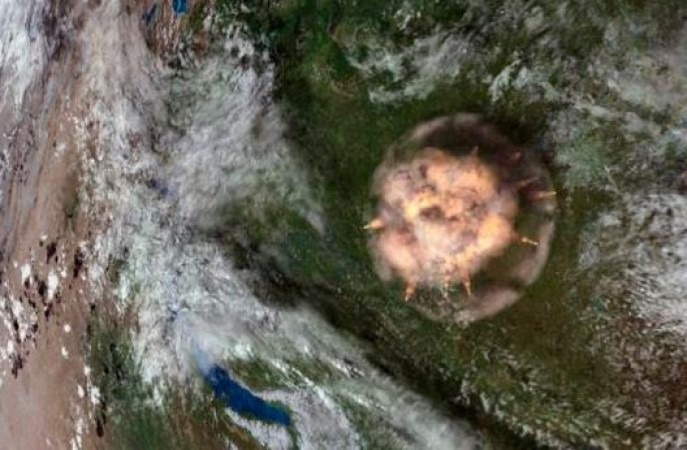
The Tunguska Event of 1908 stands as one of the most intriguing and mysterious explosions in history. This cataclysmic event, which occurred in the remote region of Siberia, has captivated the attention of scientists and researchers for decades. In this article, we will delve into the details of the Tunguska Event, examining its causes, impact, and lingering enigmas.
Unraveling the Mystery: What Happened in Tunguska?
The Astonishing Power of Nature Unleashed
On the morning of June 30, 1908, a tremendous explosion ripped through the skies above the sparsely populated Tunguska region of Siberia, Russia. Eyewitnesses reported a blinding flash of light followed by a shockwave that flattened trees and destroyed everything in its path. The sheer force of the explosion was estimated to be a thousand times more powerful than the atomic bomb dropped on Hiroshima.
The Meteor vs. Comet Debate
Scientists have long debated the origin of the Tunguska explosion. One prevailing theory suggests that a meteorite or asteroid entered Earth's atmosphere, disintegrating before impact and causing the devastating blast. However, another compelling hypothesis argues that a fragment from a comet was responsible for the event. The absence of a substantial impact crater adds to the mystery, leaving researchers puzzled and eager for answers.
Piecing Together the Puzzle: Clues and Investigations
Eyewitness Accounts and Remote Location Challenges
Due to the remote location of the Tunguska region and the limited scientific resources available at the time, investigations were hindered. Eyewitness accounts from indigenous people and Russian settlers served as the primary sources of information. These testimonies described a blazing fireball descending from the sky, followed by a colossal explosion that shook the ground. The lack of photographic evidence or precise scientific measurements further intensified the challenge of unraveling the event's true nature.
Scientific Expeditions Shedding Light on the Tunguska Enigma
Over the years, several scientific expeditions have been mounted to study the Tunguska Event and shed light on its mysteries. Researchers have conducted extensive fieldwork, analyzing tree rings and soil samples to determine the effects of the explosion. The presence of elevated levels of elements such as iridium and other anomalies in the soil provided valuable clues. These findings support the extraterrestrial impact theory, pointing towards the involvement of a cosmic object in the catastrophe.
The Lingering Enigma: Seeking Answers
Despite decades of research, the Tunguska Event continues to confound scientists. Many questions remain unanswered, and theories abound. Was it a meteor or a comet? Why is there no significant impact crater? What caused the explosion? These mysteries persist, fueling ongoing investigations and captivating the imagination of researchers and enthusiasts alike.
Conclusion: The Tunguska Event—A Perplexing Enigma
The Tunguska Event of 1908 remains an enduring enigma that has fascinated generations. Its impact on the environment, the absence of a definitive explanation, and the remote location all contribute to its mysterious allure. As scientific advancements continue, researchers strive to uncover the truth behind this extraordinary explosion. The Tunguska Event serves as a reminder of the immense power of nature and the many mysteries that still await discovery in our vast universe.
Intriguing and shrouded in uncertainty, the Tunguska Event stands as a testament to the ever-present enigmas of our world.
Unveiling the Spectacular: Discover the Most Captivating Destinations Around the World
Darjeeling: Unveiling the Charms of the Queen of Hills
Argentinian Defence Minister to hold talks with Rajnath Singh on July 18